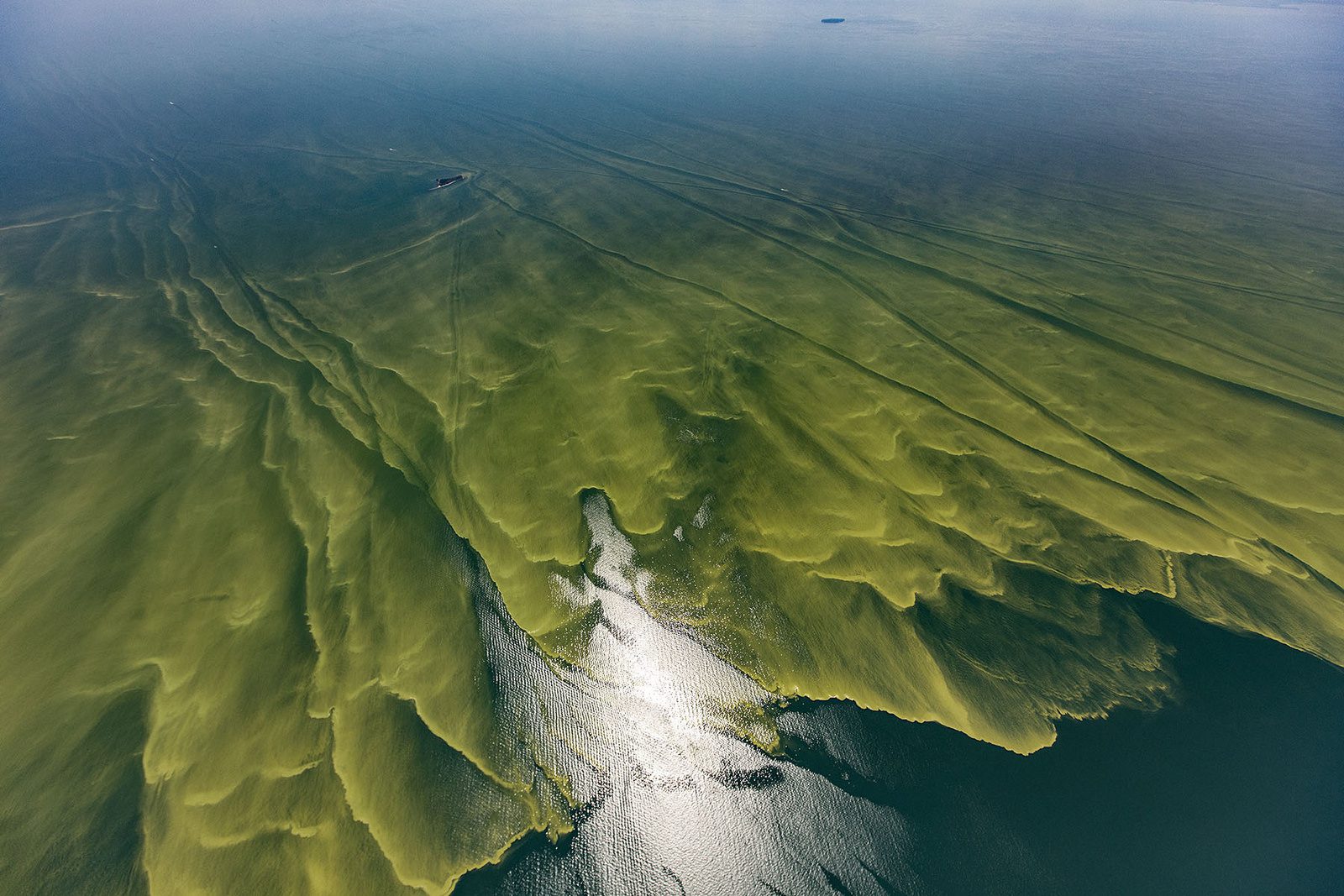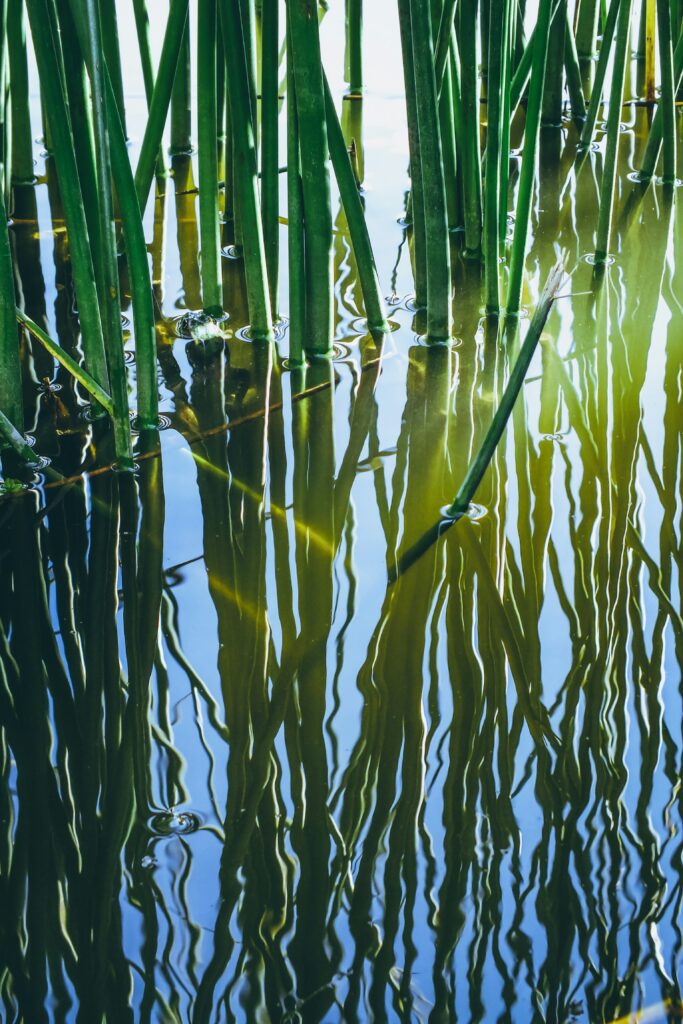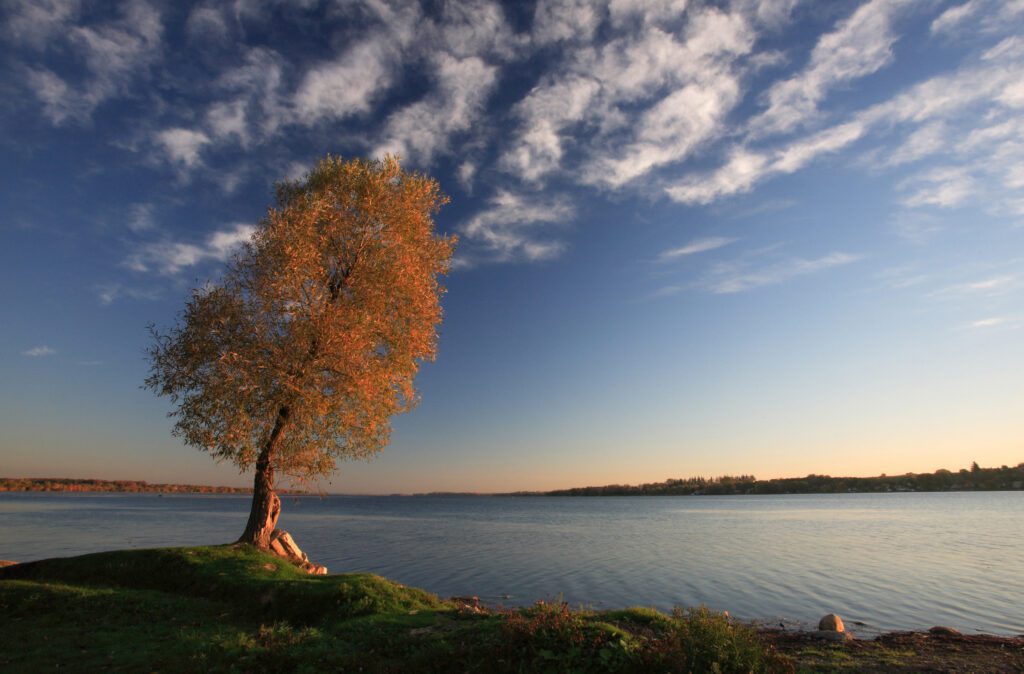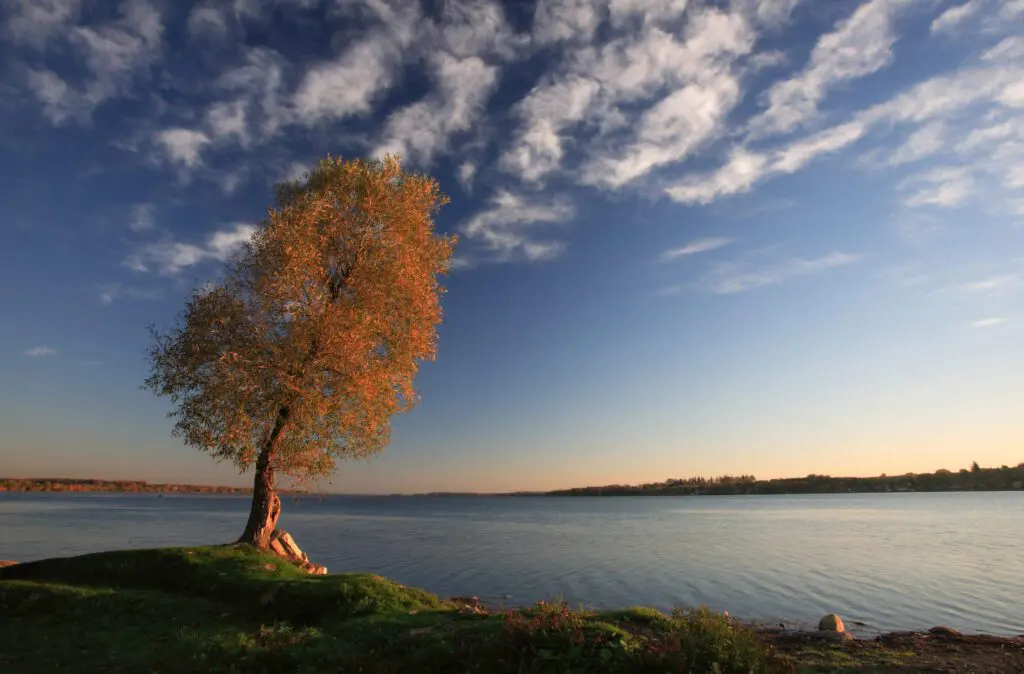Lake Erie is nothing short of spectacular. With all that it provides, it definitely lives up to being one of the world’s Great Lakes. It is an important ecosystem for many aquatic and terrestrial animals, a beautiful and peaceful place to live by or visit, and it is an important contributor to the economies of the communities that surround it. But Lake Erie is in trouble…and has been for a while. Toxic algae blooms plague the lake each year, largely due to nutrient pollution from farms and cities.
Earlier this summer, the U.S. National Oceanic and Atmospheric Administration (NOAA) announced its 2022 Lake Erie algae bloom forecast. Initially the bloom was forecast as a mild bloom and given a 3.5 on a scale of 1 to 10. This mild forecast was the product of drier spring conditions with low rainfall in June and low rainfall expected for July.
Fast forward to now: heavy rainfall in the weeks following the forecast mean that NOAA is now expecting a more severe bloom than they originally anticipated. They now expect a moderate bloom of 4.5 – 5.5 out of 10.
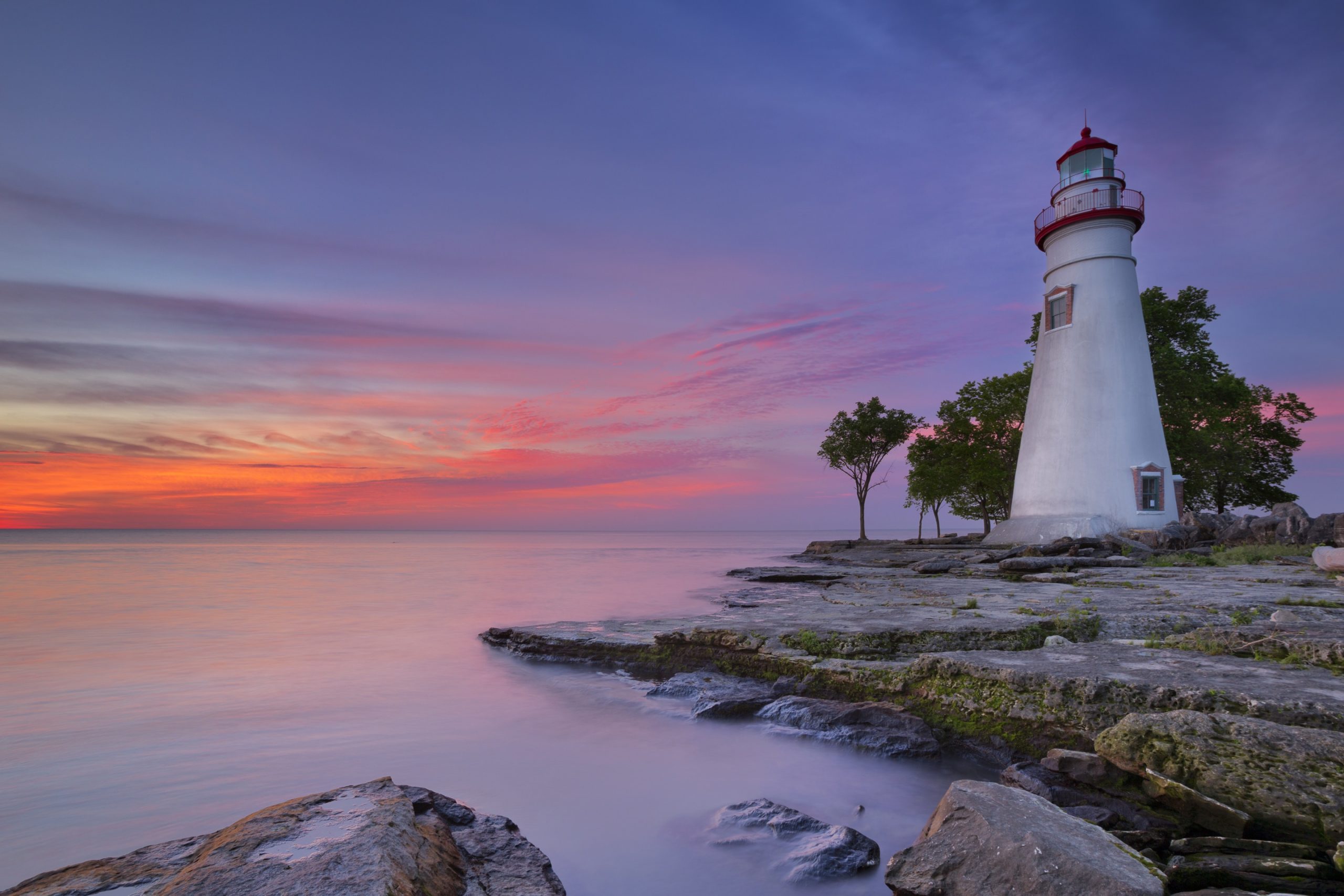

The truth is that even when we see a mild to moderate bloom forecast, the threat to Lake Erie remains severe. A bloom of any size is unacceptable and poses a threat to human and animal health. Every year, there are news stories of dogs dying from swimming in water near algae blooms, regardless of the size of the bloom. In fact, smaller blooms can be more toxic than larger blooms due to higher concentrations of microcystin (a potent liver toxin and possible human carcinogen). Blooms that have a severity of more than 5 are more likely to impact drinking water sources. And even a 4.5 can make treating drinking water more expensive! A moderate bloom can also suffocate fish and other aquatic life in the area and make it unsafe for people to use the water for summer fun activities like swimming and paddle boarding.
The root causes for these harmful annual blooms–namely agricultural runoff and rising lake temperatures–must be urgently addressed. NOAA scientists have made it clear that there is still a need for urgent action to address all sources of phosphorus loading in Canada and the U.S.. A changing climate will eventually lead to heavier than normal rainfall in the Great Lakes basin. Wetter springs some years will mean more phosphorus making its way into Lake Erie and a more severe bloom.
Severe blooms completely suffocate the lake, creating what is known as a “dead zone” due to a lack of oxygen in the water which can decimate fisheries. In 2014, we saw how much damage a severe bloom can have on society when the presence of microcystin left nearly 500,000 residents in Toledo, Ohio and Pelee, Ontario without access to safe drinking water for days.


Ontario and Canada signed the Canada-Ontario Lake Erie Action Plan in 2018 as part of the binational efforts to address Lake Erie algae blooms and keep them from spiraling out of control. To date, the province has not provided any updates on the progress being made towards reducing phosphorus loading into the Lake by the target date of 2025.
In the most recent Canada-Ontario Agreement on Great Lakes Water Quality and Ecosystem Health, the government identified priority watersheds where phosphorus management plans are most needed. It’s also currently monitoring the rivers and streams that flow into Lake Erie to measure how much phosphorus is making its way into the Lake from these sources. But measuring our progress remains challenging when it comes to agriculture—one of the primary sources of all this phosphorus. So far, voluntary programs aimed at helping farmers reduce the amount of phosphorus running into the lake from their farms have not seen great uptake.
It’s unclear how the government is going to meet its commitment to reduce phosphorus levels by 40% by 2025 and how it plans on measuring progress. The provincial and federal governments must continue to work together on this and need to be more transparent and accountable to the public. In order to avoid billions of dollars of damage in future years, our governments must address environmentally harmful farming practices. We also need to see more green and natural infrastructure being implemented across our city landscapes.
A complex issue but not without solutions or hope.
The issues facing Lake Erie are complex and they require a whole lot of different individuals, groups, and levels of government to work together towards a common goal. This isn’t always easy to achieve when there are competing interests at play. But we do all have something in common no matter our background or agenda – the fact that Lake Erie is one of the most precious freshwater lakes in the world that Canadians depend upon for drinking water, food production, livelihoods, recreation, cultural and spiritual connection, and much more.
We are sleepwalking towards disaster and we can’t risk waking up when it’s already too late. Lake Erie was declared dead back in the 1960s, but through collective action society was able to revive the Lake. And we can do it again! Let our government know that we want to see more done to stop toxic algae blooms from taking over the Lake


